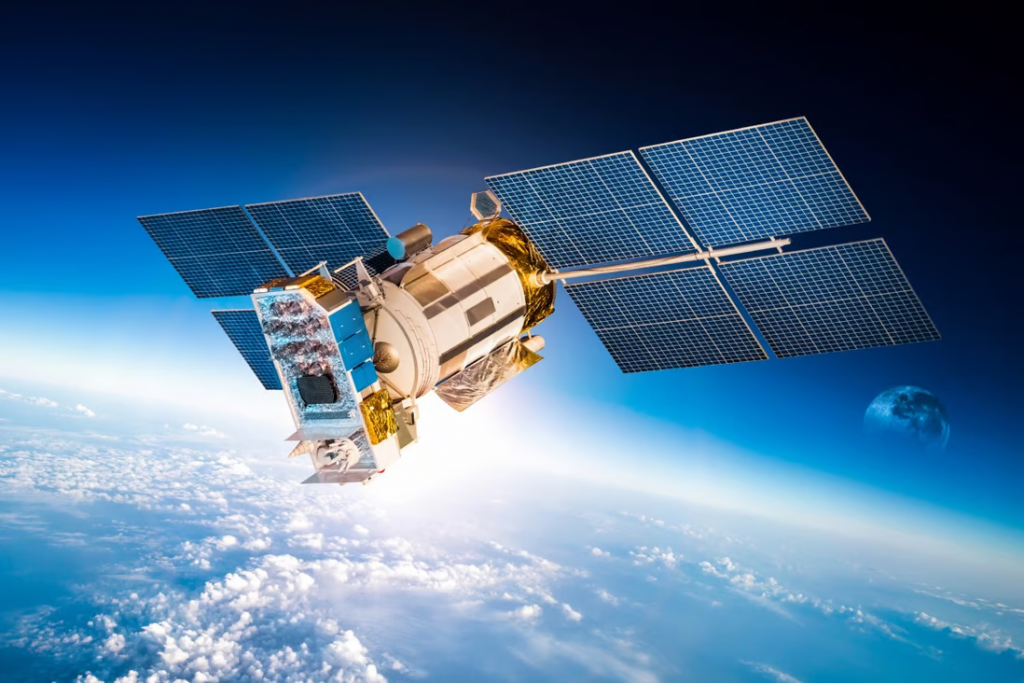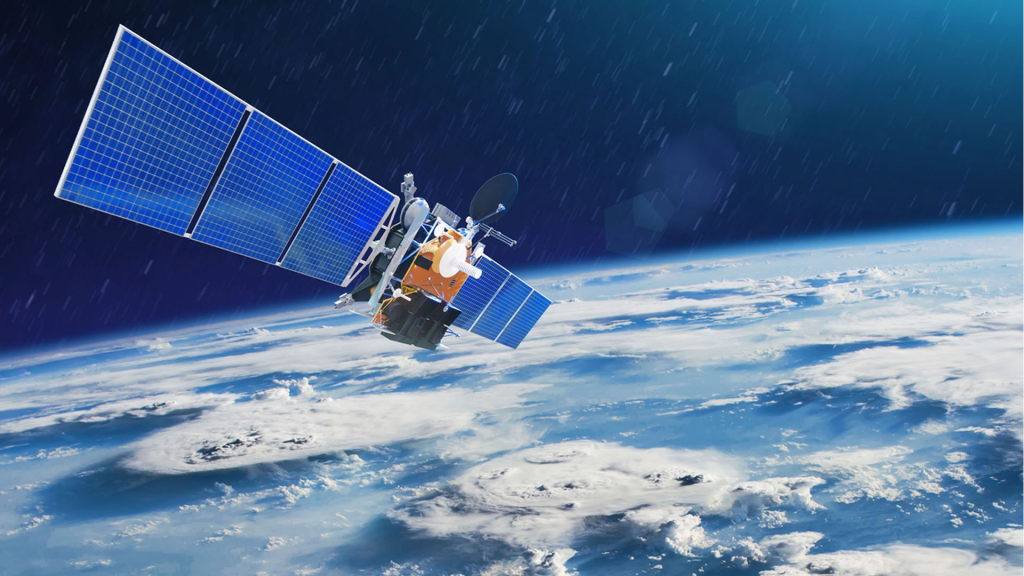A groundbreaking achievement in space technology has taken flight as China successfully launched a revolutionary AI-driven satellite, marking a significant step toward advancing the capabilities of space exploration. This innovative endeavor, named “WonderJourney” after the visionary Chinese philosopher Zhuangzi, is set to redefine the way satellites operate in orbit.
“WonderJourney” is the first satellite in China with an artificial intelligence (AI) core, and it was created by STAR.VISION, a cutting-edge technology company with headquarters in Hangzhou. By enabling on-board real-time data processing, this cutting-edge satellite is poised to surpass the constraints of conventional spacecraft and do away with the requirement for constant connection with ground control centers. The satellite will be able to examine an astonishing 3,861 square miles (10,000 square kilometers) and track things within a few hours thanks to this crucial capability, which would take conventional satellites nearly half a year to complete.

Chen Junrui, a spokesperson for STAR.VISION, highlighted the satellite’s unique capabilities: “The goal is to enable human interaction with spacecraft, allowing the satellite to autonomously warn about situations that can’t be analyzed from the Earth’s surface and continue learning without sending vast amounts of data back to Earth.” This autonomous decision-making capability positions “WonderJourney” as a pivotal tool for future space endeavors.
Equipped with an array of sophisticated sensors including high-resolution and near-infrared cameras, “WonderJourney” can process images and perform complex tasks such as semantic understanding, object recognition, lossless compression, and data cleaning. This versatile AI-powered satellite also possesses the potential to collaborate with other technologies, including smart cars and drones, as well as monitoring environmental conditions such as forest fires, soil moisture, and pest diseases.
Furthermore, “WonderJourney” serves as an AI assistant in space, allowing ground users to interact with it in ways akin to conversing with AI models like ChatGPT. This interactive feature underscores the satellite’s potential as a collaborative tool for industries across the spectrum.

The launch of “WonderJourney” represents the dawn of a new era in space exploration, where AI-infused satellites are set to usher in a realm of autonomous decision-making, rapid data analysis, and enhanced interaction with Earth. As the co-founder and chief technology officer of STAR.VISION, Wang Chunhui, stated, “WJ-1A is China’s first satellite with artificial intelligence (AI) at its core, featuring a smart operating system, and it will soon be put into operation.” With plans to expand its constellation to 20 satellites by the end of 2024, “WonderJourney” is poised to extend its coverage and communication capabilities, forging a path toward an AI-driven future in space technology.


